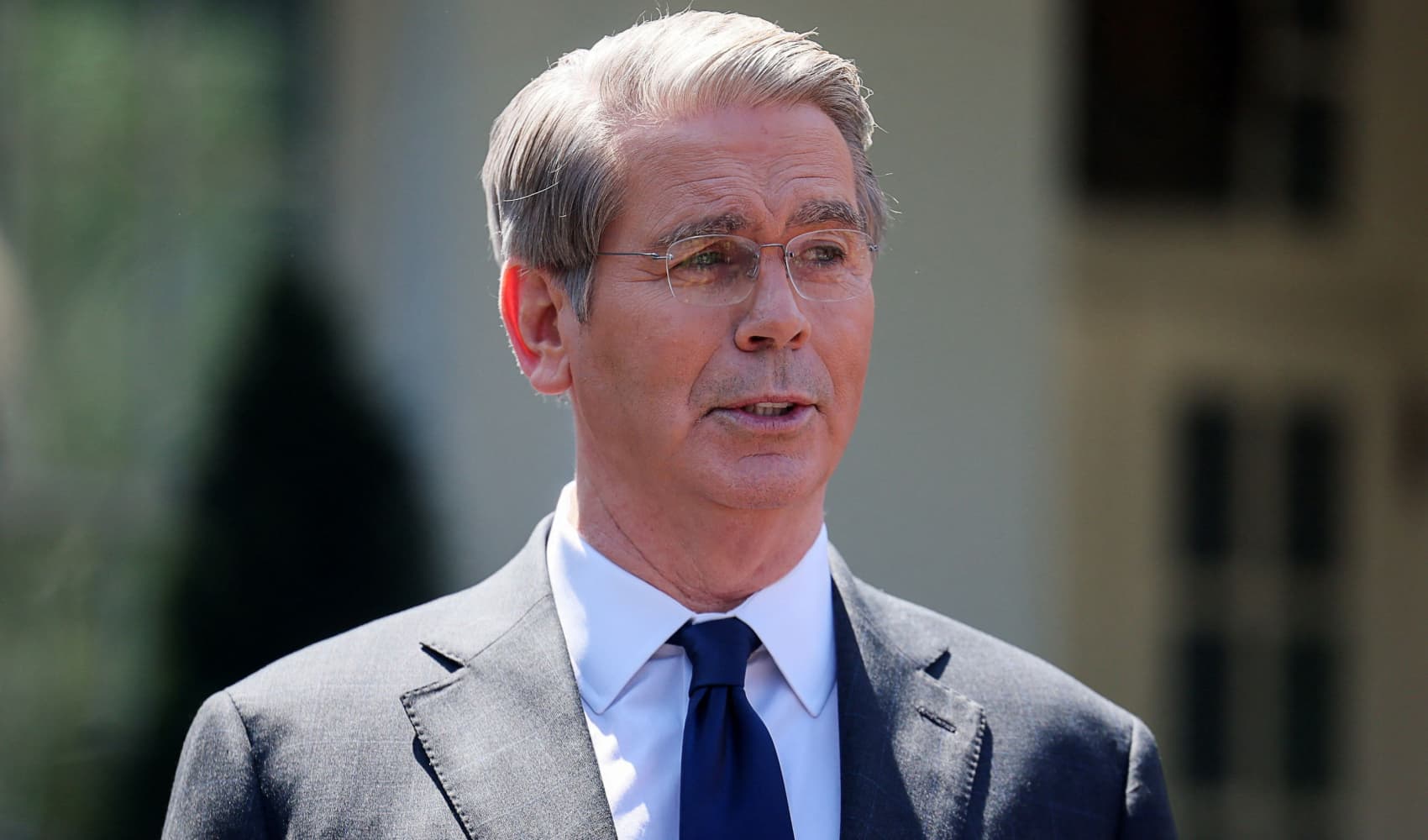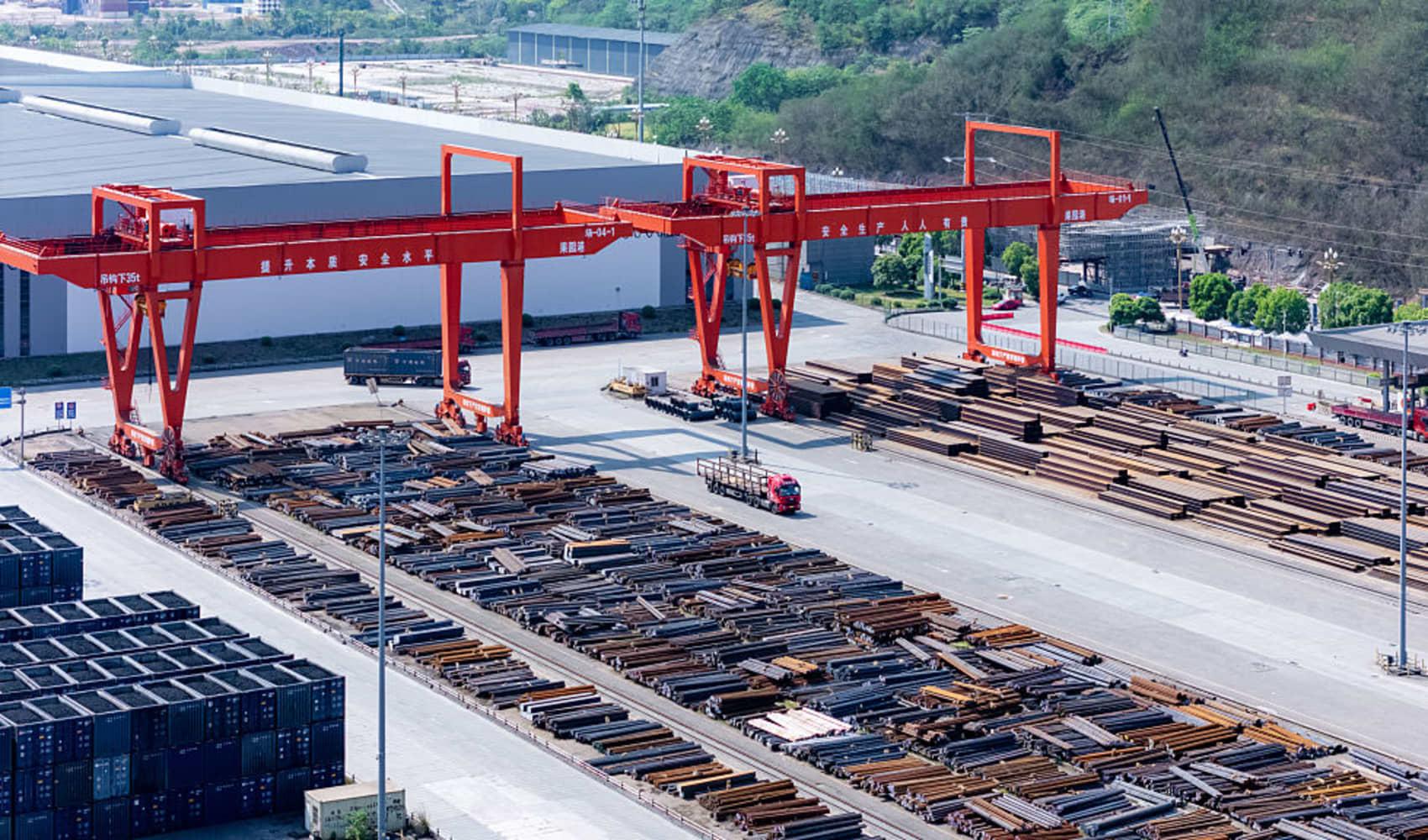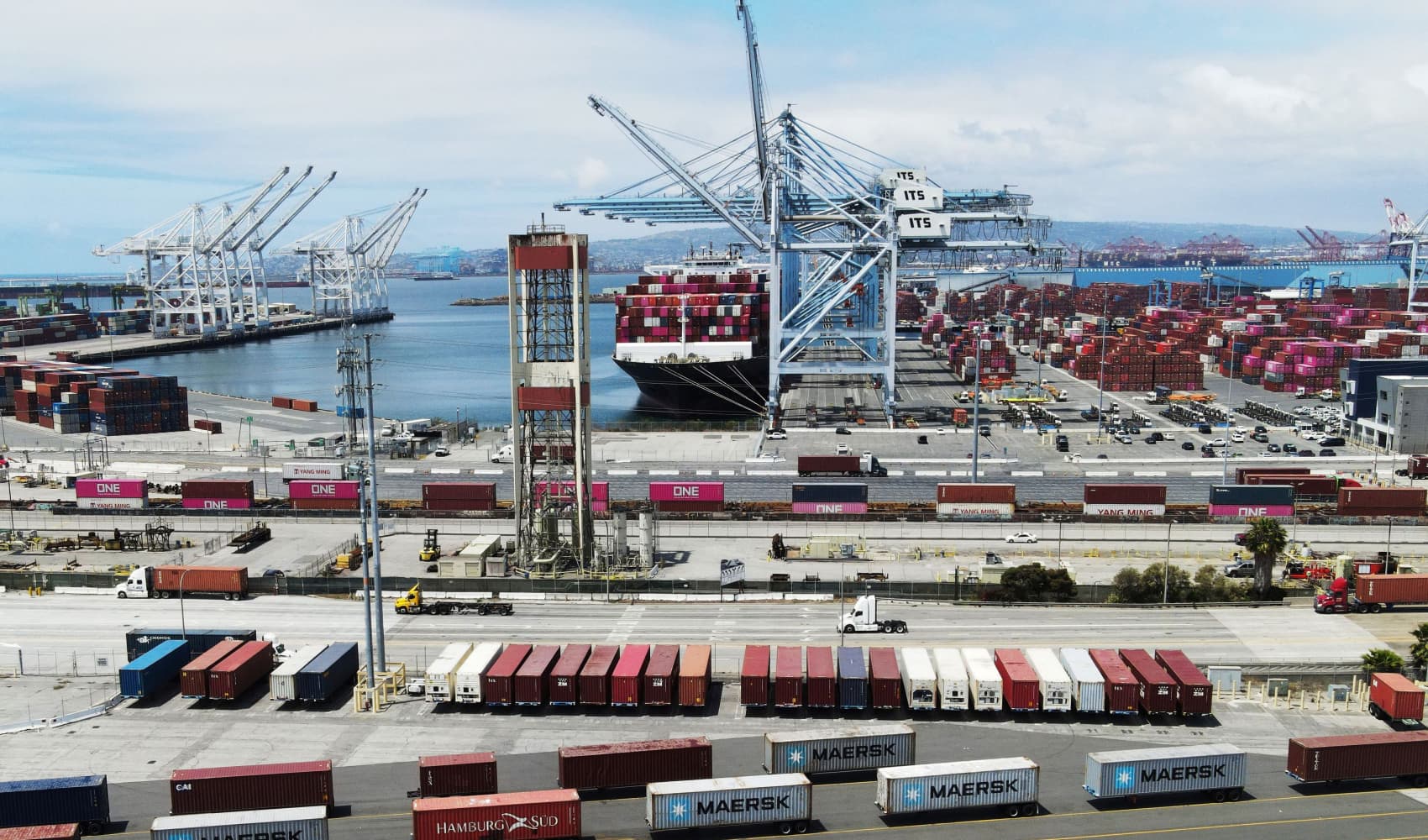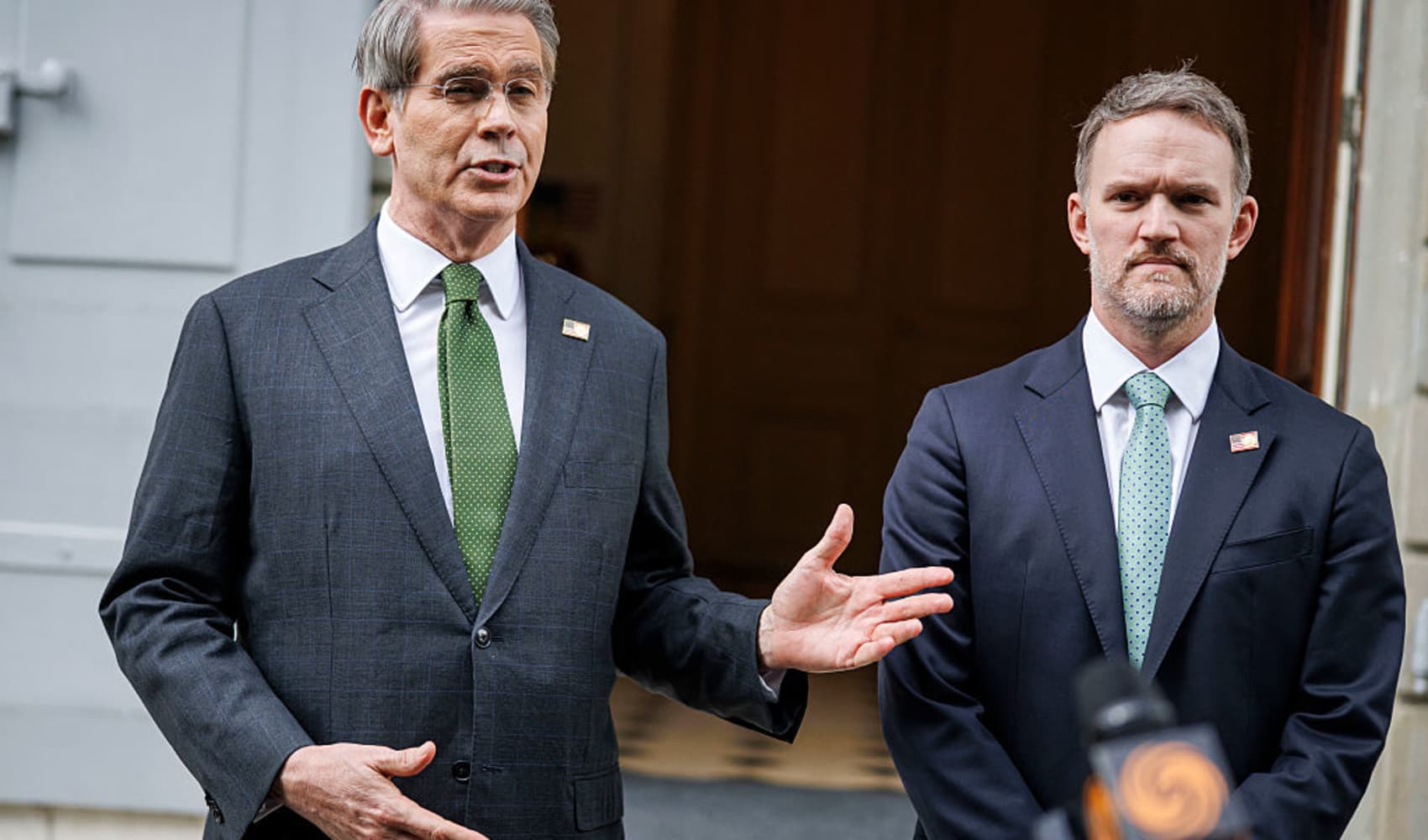India-US Trade Deal: Optimism from Modi & Vance
India-US Trade Deal Optimism: Modi and Vance Signal Progress
Introduction: A Budding Partnership?
India and the United States: two global giants, often dancing a delicate dance of diplomacy and trade. But could we be on the verge of something more significant? Recent signals coming from both New Delhi and Washington suggest a growing optimism regarding a potential bilateral trade agreement. This article delves into the details of Vice President JD Vance's recent visit to India, the progress being touted, and the remaining hurdles that need to be cleared before we can celebrate a new era of Indo-US economic cooperation.
Vance's Visit: More Than Just a Vacation
A Personal Touch in Diplomacy
U.S. Vice President JD Vance's trip to India wasn't just about official business. He brought along his wife, second lady Usha Vance, and his family. This personal element suggests a deeper commitment to fostering stronger ties between the two nations. It's like bringing a home-cooked meal to a business meeting – a gesture of goodwill that can break down barriers.
Meeting with Modi: Highlighting the Progress
The highlight of Vance's visit was, of course, his meeting with Prime Minister Narendra Modi. Both leaders publicly acknowledged the "significant" headway made in trade negotiations. This positive assessment, coming from the top, indicates a shared desire to move forward. But how "significant" is this progress, really? Let's dig deeper.
Trade Talks: What's on the Table?
Negotiating a Mutually Beneficial Agreement
Modi's office issued a statement emphasizing the goal of a "mutually beneficial India-U.S. Bilateral Trade Agreement." This is crucial. Any successful trade deal needs to be a win-win scenario for both sides. What are the specific areas of negotiation, and what are the potential sticking points?
Reciprocity: The Key to a Fair Deal
On the same day, U.S. Trade Representative Jamieson Greer voiced concerns about a "serious lack of reciprocity" in the trade relationship with India. This is a critical point. Reciprocity, in trade terms, means that both countries offer similar levels of access to their markets. If one side feels unfairly disadvantaged, the deal is unlikely to materialize. Is this a red flag, or simply a bargaining tactic?
Challenges and Opportunities in Indo-US Trade
Addressing the Trade Imbalance
The trade imbalance between the US and India has been a long-standing issue. The US has often sought greater access to the Indian market, particularly in sectors like agriculture and manufacturing. How can these concerns be addressed in a way that benefits both economies?
Boosting Investment and Innovation
Beyond traditional trade in goods, there's huge potential for collaboration in areas like investment and innovation. India's rapidly growing economy offers lucrative opportunities for US companies, particularly in sectors like technology and infrastructure. Similarly, Indian companies can benefit from US expertise and investment. This could lead to a surge in job creation and economic growth in both countries.
Geopolitical Considerations: A Strategic Partnership
The strengthening of economic ties between India and the US is also driven by strategic considerations. Both countries share concerns about regional security and the rise of China. A closer economic partnership can serve as a counterbalance to these challenges. Is this trade deal as much about geopolitics as it is about economics?
Key Sectors to Watch in a Potential Trade Deal
Agriculture: A Sensitive Area
Agriculture is often a sensitive issue in trade negotiations, and India is no exception. Protecting its farmers is a political priority for the Indian government. Finding a balance between market access for US agricultural products and safeguarding Indian farmers' interests will be a key challenge.
Technology: A Growing Partnership
The technology sector offers immense potential for collaboration. Indian IT companies have a strong presence in the US, while US tech giants are increasingly investing in India's digital economy. A trade deal could further boost this partnership, leading to greater innovation and job creation.
Pharmaceuticals: Affordable Healthcare
The pharmaceutical sector is another area of significant interest. India is a major producer of generic drugs, which are essential for providing affordable healthcare. Balancing intellectual property rights with access to affordable medicines will be a crucial consideration in trade negotiations.
The Road Ahead: What to Expect
Further Negotiations and Dialogue
Vance's visit is just one step in a long process. Expect further rounds of negotiations and dialogue between the two sides. Both governments will need to demonstrate flexibility and a willingness to compromise to reach a mutually acceptable agreement. Will they be able to navigate the complexities of international trade?
Political Will: A Decisive Factor
Ultimately, the success of a trade deal will depend on the political will of both governments. Strong leadership and a clear vision are essential to overcome any obstacles. Do Modi and the Biden administration have the political capital to push through a deal?
The Impact on the Global Economy
A successful India-US trade deal could have a significant impact on the global economy. It could create new opportunities for businesses, boost economic growth, and strengthen the rules-based international trading system. It's a high-stakes game with potentially huge rewards.
Comparing to Past Trade Negotiations
Learning from History
India and the US have attempted trade agreements before, with mixed results. Looking back at past negotiations can provide valuable lessons and insights into the challenges and opportunities involved. Can they learn from past mistakes?
Adjusting Expectations
It's important to manage expectations. Trade negotiations are complex and time-consuming. A comprehensive trade deal may take years to finalize. Patience and persistence are key.
Conclusion: A Reason for Cautious Optimism
While challenges remain, the recent signals from both Prime Minister Modi and Vice President Vance offer a reason for cautious optimism regarding a potential India-US trade deal. The emphasis on mutual benefit and the acknowledgment of progress are encouraging signs. However, addressing concerns about reciprocity and navigating sensitive sectors like agriculture will be crucial. The world will be watching closely as these two economic powerhouses continue their dance toward a potential agreement.
Frequently Asked Questions
What is the main obstacle to a US-India trade deal?
The main obstacle is the perceived lack of reciprocity in the current trade relationship. The US wants greater access to the Indian market, while India seeks to protect its domestic industries.
What sectors would benefit most from a US-India trade deal?
Sectors like technology, pharmaceuticals, agriculture, and renewable energy are expected to benefit significantly from a potential trade deal.
How would a trade deal impact the average consumer?
A trade deal could lead to lower prices on certain goods and services, as well as increased access to a wider range of products from both countries.
What role does geopolitics play in US-India trade relations?
Geopolitical considerations, particularly concerns about regional security and the rise of China, are a significant factor driving the strengthening of US-India trade relations.
How long could it take to finalize a comprehensive trade agreement?
Finalizing a comprehensive trade agreement could take several years, depending on the complexity of the negotiations and the political will of both governments.









